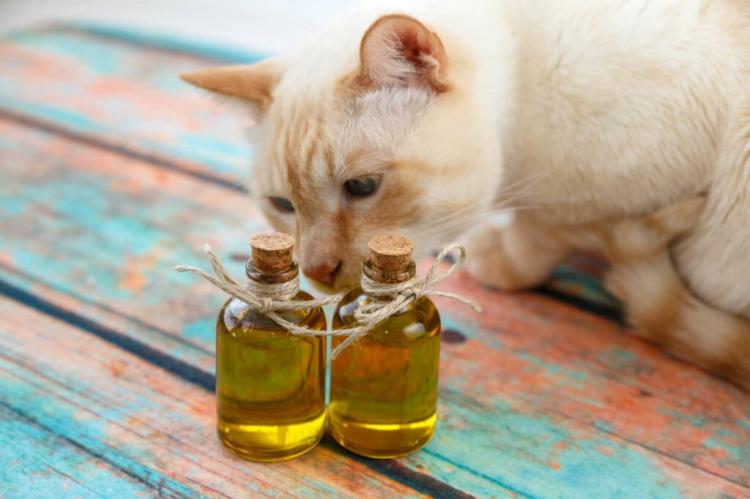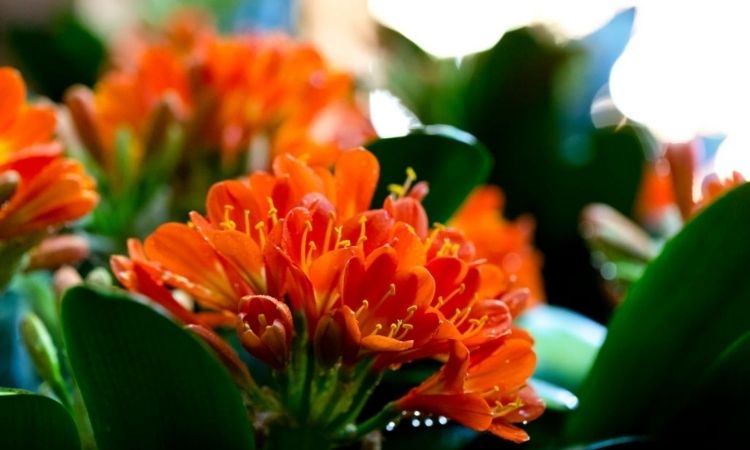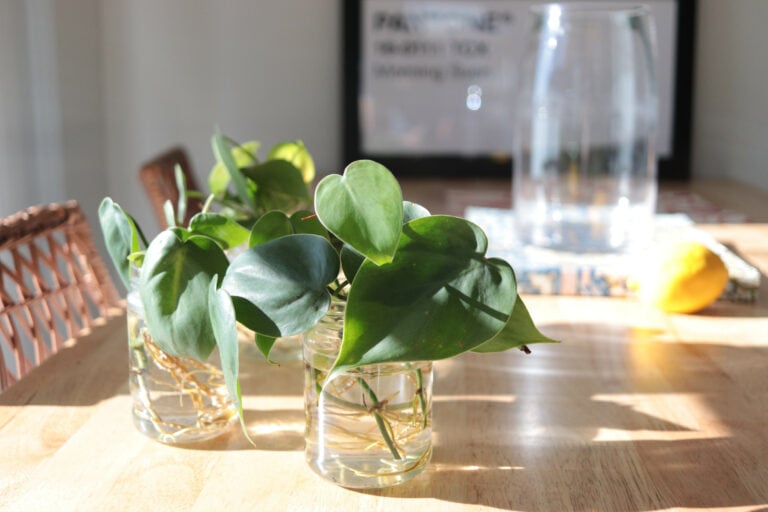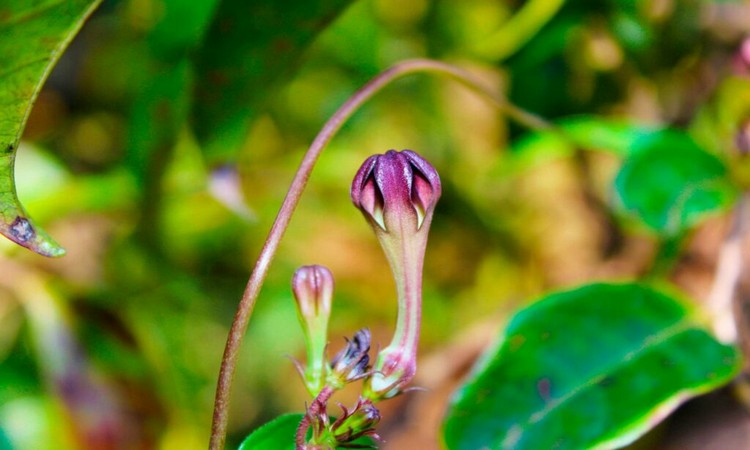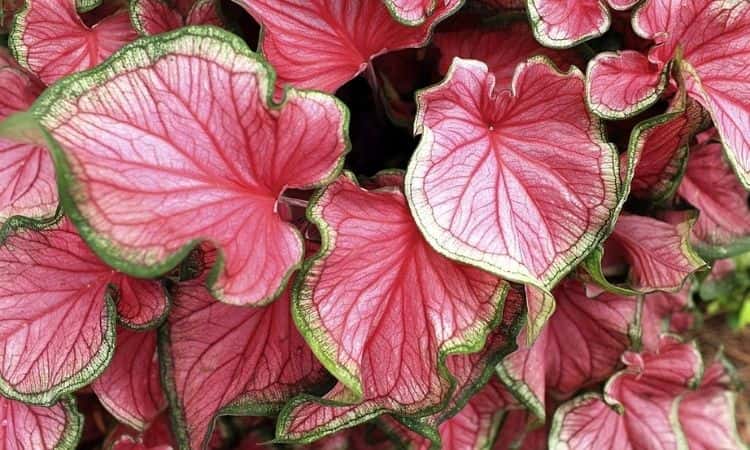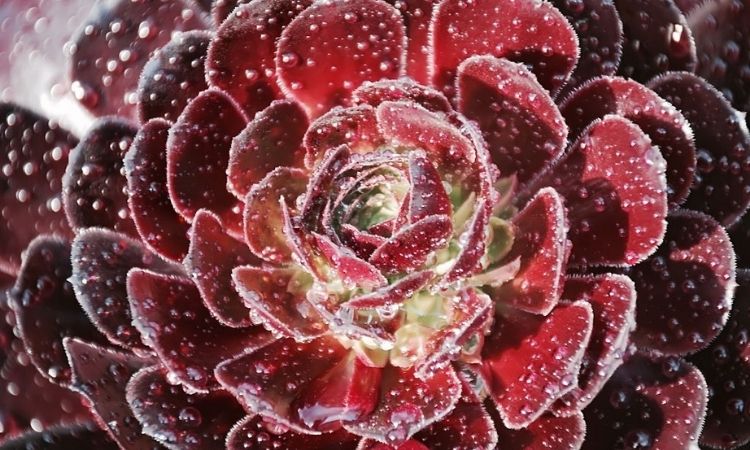Weeping Fig (Ficus benjamina)
Weeping Fig, often simply called Ficus, is extremely popular as a houseplant – but at times a little difficult. Here you can read what you need to consider when caring for it.
General
Table of Contents
The Weeping Fig (Ficus Benjamina) is often referred to as “Benjamini” or simply as Ficus, and is one of the most popular houseplants. While there are hundreds of species of Ficus, some of which such as the rubber tree (Ficus elastica) or the fiddle box tree (Ficus lyrata) are also common houseplants. But when people talk about their “ficus” among houseplant fans, it is usually clear that they mean the Weeping Fig. Yet it also enjoys great popularity as an office plant.
The home of the Weeping Fig is in the subtropical and tropical regions of East Asia, Oceania, and Australia. Its range extends from Nepal through India, Bangladesh, and southern China to Malaysia, and there are also natural stands in the Solomon Islands and northern Australia. In the meantime, however, the Ficus has become widespread in the tropics and subtropics around the globe as an ornamental plant and has run wild in many places as a so-called neophyte. In warm countries, it is often planted as a small street tree or as a hedge, as it is very tolerant of pruning and is therefore excellently suited for topiary.
You May Also Like Pruning A Rubber Tree
The botanical species name Benjamina (biblical: “the youngest”) is no coincidence because, at a good ten meters tall and eight meters wide, the Weeping Fig is a rather small representative of the genus Ficus. The leaves are also relatively small and the young twigs, covered with smooth, ochre-yellow bark, are strikingly thin and clearly overhang at the tips. In its native habitat, the plant can reach a trunk diameter of 50 centimeters as a free-growing tree and forms a densely branched broad-oval crown.
The striking light gray bark, which peels off in places on older trees, and the elliptical, long-pointed leaves probably inspired botanists to give it the English name Weeping Fig. The foliage is evergreen, as in most tropical woody plants, and the leaves have a remarkably smooth, glossy surface. They are alternate and the new leaf buds are remarkably thin, long, and pointed.
Ficus owners in Germany seldom enjoy flowering – only in the bright, warm winter garden do the houseplants sometimes form flowers in the leaf axils. The small spherical inflorescences are composed of separate-sex flowers and look like fruits because of their spherical appearance. However, they have not turned into such until they are about the size of sloes and take on an orange-red color. Botanically, they are so-called aggregate fruits, but like all plant parts of the Weeping Fig, they are slightly poisonous. Their consumption can cause nausea, diarrhea, and cramping stomach pain.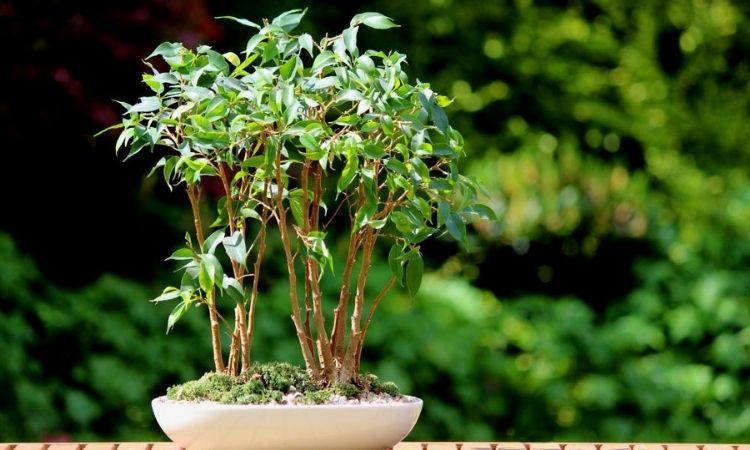
Latex allergy sufferers should not bring a Benjamini into their home. Like the rubber tree (Ficus elastica) grown as a natural rubber supplier, the Weeping Fig exudes a white, sticky milky sap that contains latex when the bark is damaged.
In addition to varieties with different leaf sizes, there are now a variety of variegated ornamental forms with white-green or yellow-green foliage. Depending on the variety, the leaves are white, yellow, or light green marbled, veined, or margined.
Location and substrate
The ficus sometimes reacts somewhat sensitively to changing site conditions such as strong temperature fluctuations, drafts, or cold soil and sheds some of its leaves. Also at this point, the variegated varieties are somewhat more problematic than the green-leaved varieties. Lack of light also usually causes leaf drop. On the other hand, Weeping Fig tolerates dry heating air relatively well.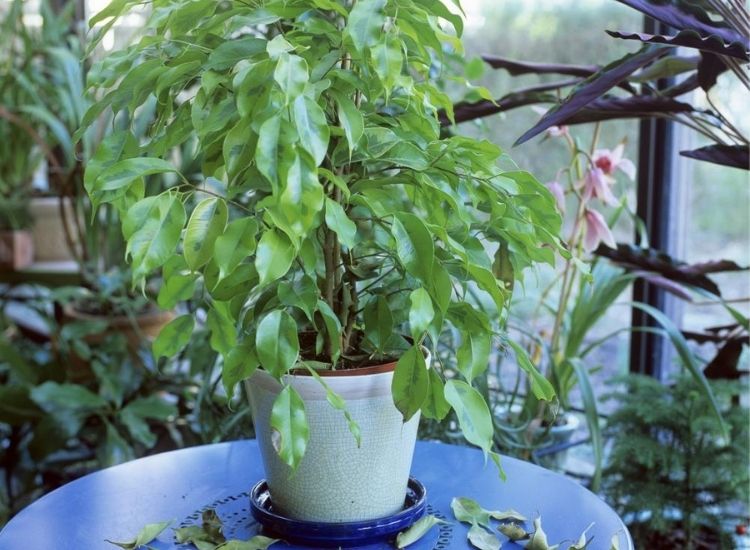
As a substrate, the commercially available houseplant soils are not so well suited: they are usually much too rich in humus and therefore not structurally stable in the long term. Manufacturers tend to be sparing with the important mineral components in their soil formulations – depending on the starting material, these are comparatively expensive and cause higher transport costs due to their high weight. Therefore, houseplant professionals generally mix their own soil by adding mineral additives such as building sand, weed-free garden soil, lava chippings, and clay granules to the purchased houseplant soil by about one third to one half. The Ficus also need a corresponding mineral content, which may be somewhat coarser in proportion. The pH value for the ficus is optimally between 6.5 and 7.
Watering and fertilizing
If you pay attention to the site and soil conditions, a ficus is basically very easy to care for. Water your Benjamini regularly during the growing season, but always allow the root ball surface to dry out thoroughly before watering the Ficus again. You can determine the right time with the so-called finger test: If the soil at the top of the pot still feels slightly moist, you should wait before watering. A saucer under the planter is also recommended, as Weeping Fig is sensitive to waterlogging. Excess water often goes unnoticed in the planter. For watering, it is best to use room-warm rainwater or stale tap water that is not too rich in lime.
You should fertilize your ficus from March to September about every two to three weeks with a liquid green plant fertilizer, which is administered with the watering water according to the dosage recommendation on the bottle. If possible, use a brand-name product, because studies show time and again that cheap fertilizers from discount stores sometimes have major deficiencies with regard to their nutrient composition. In winter, fertilizing every six to eight weeks is quite sufficient.
Pruning and repotting
If your Weeping Fig grows too large, you can always prune it to the desired size with scissors. But be careful with the sticky milky sap: not only can it cause allergies, but it can also ruin your clothes and floors. Pruning is best done outdoors on the lawn, then shower the plant with room-warm water from a large watering can and let the milky sap dry up for a few hours before bringing your ficus back indoors.
It is best to repot a newly purchased Weeping Fig in better soil right away because the substrate in the sales containers is usually of very poor quality. Otherwise, depending on the size and vigor of growth, the ficus can be moved to a slightly larger pot every two to four years in March. The pot should be no more than six inches larger in diameter than the old one.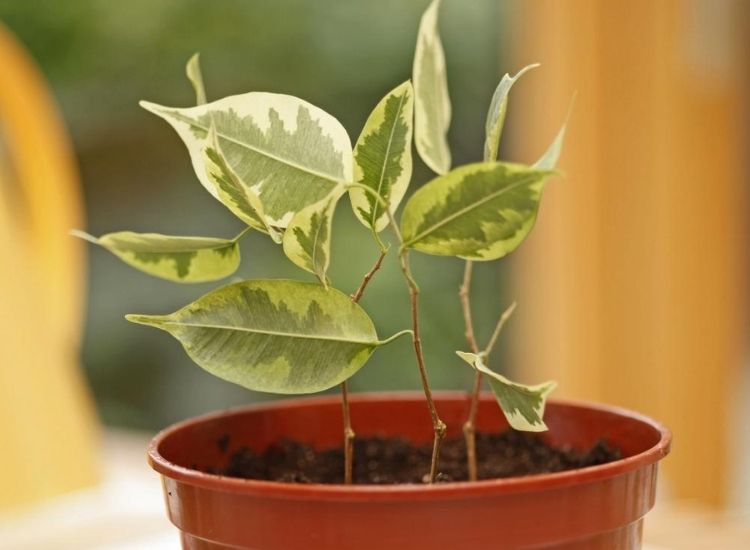
Further care tips
Two to three times a year, a lukewarm shower is good for the ficus. To do this, place it in the bathtub and wrap the pot ball in foil to prevent it from getting wet. Then shower your Benjamini with lukewarm water to remove dust from the leaves. In addition, you should also occasionally spray the tree with room-warm rainwater from all sides and regularly rotate the pot on the windowsill to prevent it from growing one-sided toward the light. Variegated varieties sometimes form individual shoots with solid green leaves. These must be cut out of the crown immediately, as they are more vigorous than the other branches and the variegated leaf decoration would otherwise recede further into the background over the years.
Propagation
It is very easy to propagate the Weeping Fig by cuttings. Usually, two to three shoot tips, previously defoliated at the bottom, are put into a pot with growing soil and covered with foil to keep the humidity high. However, for the green-leaved species, rooting in a water glass on a windowsill without any protection from evaporation also works very well. As soon as the first roots appear, the cuttings are planted in potting soil and trimmed a little so that they branch well and form a dense crown.
Diseases and pests
The most common pests of Ficus are scale insects. They are often only discovered through the honeydew-covered leaves, as they know how to camouflage themselves very well. Infested plants should be immediately isolated from other houseplants and treated with a canola oil preparation such as “Schädlingsfrei Naturen”. Alternatively, during the growing season, you can also use plant protection sticks that are simply inserted into the soil and whose active ingredient reaches all parts of the plant with the sap flow. All other pests and also diseases hardly play a role in the robust Weeping Fig.
FAQ
What kind of soil is suitable for Ficus Benjamina?
Conventional houseplant soil must be enriched by about one third with mineral additives such as building sand, weed-free garden soil, lava chippings, and clay granules.

